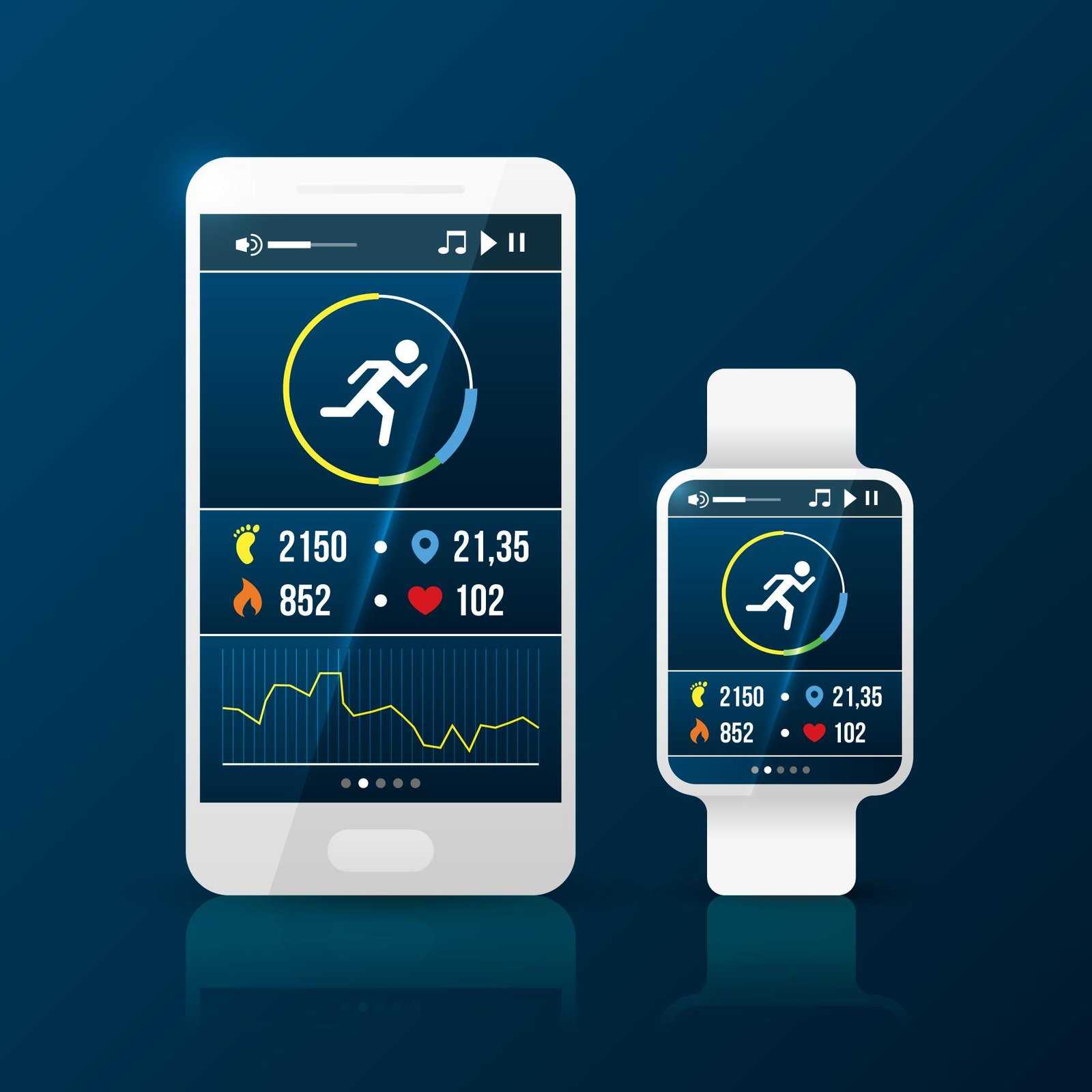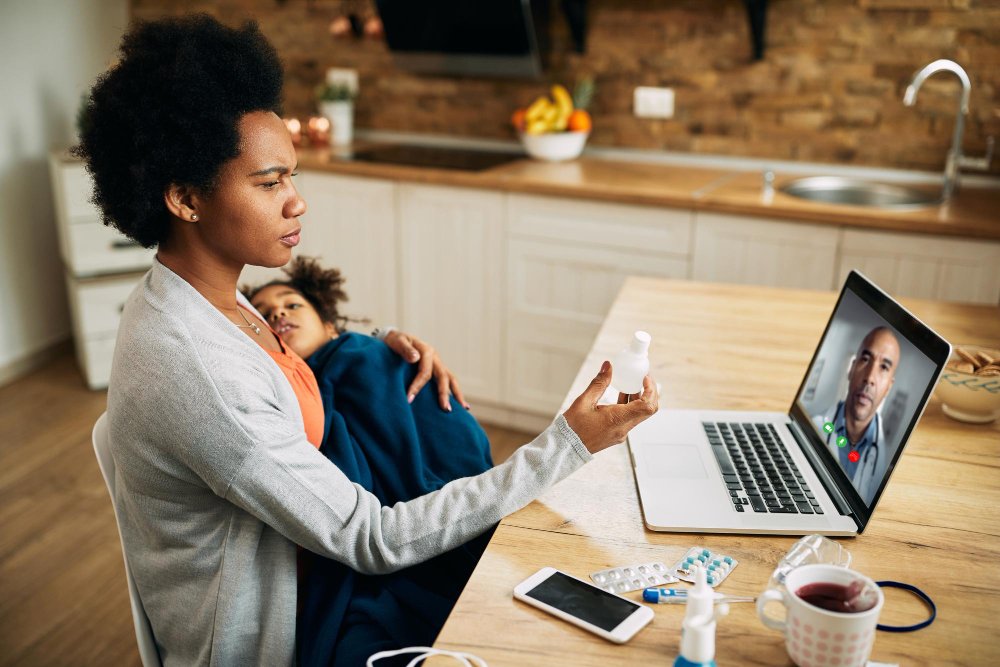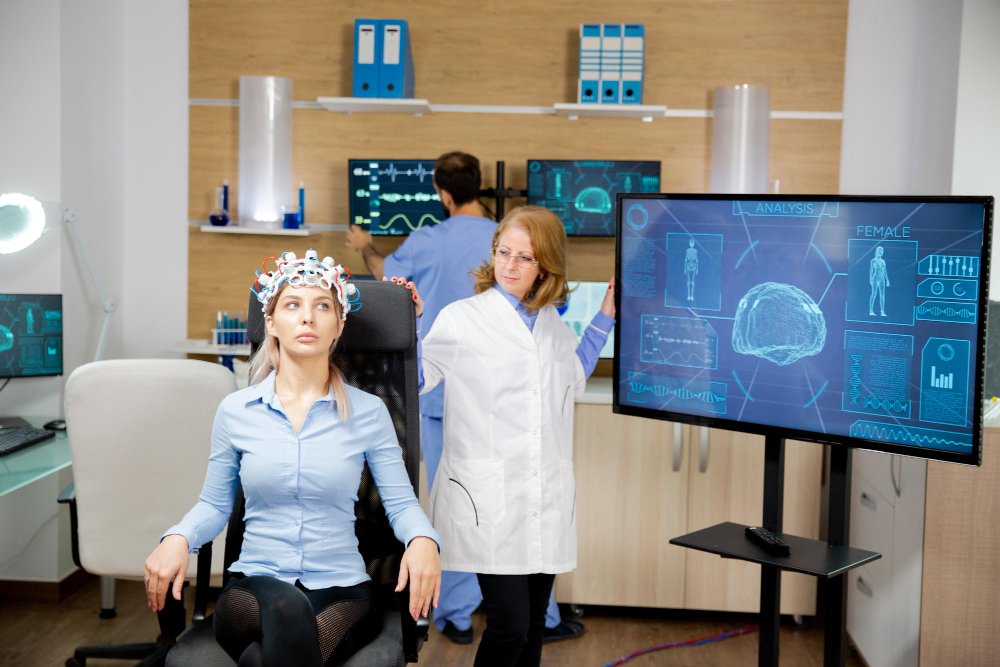How Future Healthcare Technology is Elevating at-Home Care
The future of healthcare is shifting from hospital-centric systems to more patient-centered approaches — and at-home care is at the forefront of this transformation. With rapid advancements in artificial intelligence (AI), wearable health devices, and remote patient monitoring, healthcare technology is making it possible for people to receive high-quality care from the comfort of their homes.
Let’s explore how emerging healthcare innovations are reshaping at-home medical support and creating smarter, more accessible, and more efficient systems for patients and providers alike.
Top Innovations In Future Healthcare
In the below blog, we will discuss some top innovations in future health care technology that are elevating at-home care. These include smart wearable devices, telemedicine, remote patient monitoring and robotic assistants and smart home integration.
The Rise of Smart Wearable Devices:
Wearable health technology has moved far beyond fitness tracking. Today’s smartwatches and biosensors continuously monitor vital signs like heart rate, blood oxygen, sleep quality, and even detect irregular heart rhythms.

Wearable health technology has moved far beyond fitness tracking. Today’s smartwatches and biosensors continuously monitor vital signs like heart rate, blood oxygen, sleep quality, and even detect irregular heart rhythms.
For instance, advanced wearables can alert doctors in real-time if a patient’s heart rate spikes or blood pressure drops suddenly. This instant data sharing allows medical professionals to respond quickly and prevent complications before they become emergencies.
In the near future, nanotechnology and biosensors may even track biochemical changes in sweat or skin to predict diseases early — redefining preventive healthcare.
Telemedicine: Healthcare Without Boundaries
Telemedicine has become an essential part of modern healthcare, especially after the Corona pandemic. It allows patients to consult doctors virtually, saving time and reducing exposure to infections.

Future telehealth platforms are integrating AI-powered diagnostics and virtual reality (VR) consultations, making remote medical care more interactive and precise. For example, an AI system can analyze your symptoms before your online visit and suggest possible conditions, helping doctors make faster, more accurate decisions.
According to sigosoft, in 2024, global telemedicine tech market valued $ 133.7 Billion and growing at double digit CAGR.
Moreover, 5G technology ensures smoother video calls and real-time transmission of medical imaging — making telemedicine an efficient, scalable alternative to traditional visits.
Remote Patient Monitoring (RPM): Real-Time Health Tracking
Remote patient monitoring (RPM) tools are revolutionizing chronic disease management. Through connected devices — like glucose monitors, blood pressure cuffs, and ECG patches — healthcare providers can track patients’ data remotely.

AI algorithms analyze this data and alert doctors if something looks unusual. For instance, a diabetic patient’s glucose level trends can trigger an automatic alert, prompting immediate medical advice.
This not only enhances patient safety but also reduces hospital readmissions and lowers healthcare costs significantly.
Artificial Intelligence and Predictive Analytics in Home Care:
AI is transforming at-home healthcare through predictive analytics. By processing vast amounts of patient data, AI can identify patterns and predict potential health risks before they become serious.
For example, AI-driven platforms can predict the likelihood of a heart attack or stroke based on daily health metrics. This empowers caregivers to act proactively and personalize treatment plans.
Additionally, AI chatbots and virtual nurses are being integrated into home care systems to assist patients with medication schedules, symptom tracking, and even mental health support.
Robotics and Smart Home Integration:
The next wave of at-home care will include robotic assistants and smart home integration. Robots designed for healthcare can help elderly or disabled individuals with daily tasks — from medication reminders to mobility support.
Smart home systems can also be linked with medical devices. Imagine your bathroom mirror analyzing your skin health, or your voice assistant scheduling a doctor’s appointment after detecting an irregular reading from your wearable device.
Such seamless integration makes at-home care not just convenient but highly intelligent and personalized.
The Future of Personalized Home Healthcare:

The ultimate goal of future healthcare technology is personalization. Using AI, genetic data, and continuous monitoring, doctors will soon offer treatments tailored to each individual’s unique biological profile.
At-home care powered by these tools will help patients recover faster, stay healthier longer, and enjoy improved quality of life — all without frequent hospital visits.
Conclusion:
Future healthcare technology is not just about innovation; it’s about empowering patients to take control of their health. From wearable devices to AI-driven insights and robotics, the future of at-home care looks brighter, smarter, and more compassionate.
As these technologies evolve, at-home healthcare will become the new standard — combining medical precision with the comfort of home.
For more tech related blogs, please visit www.techixting.com



